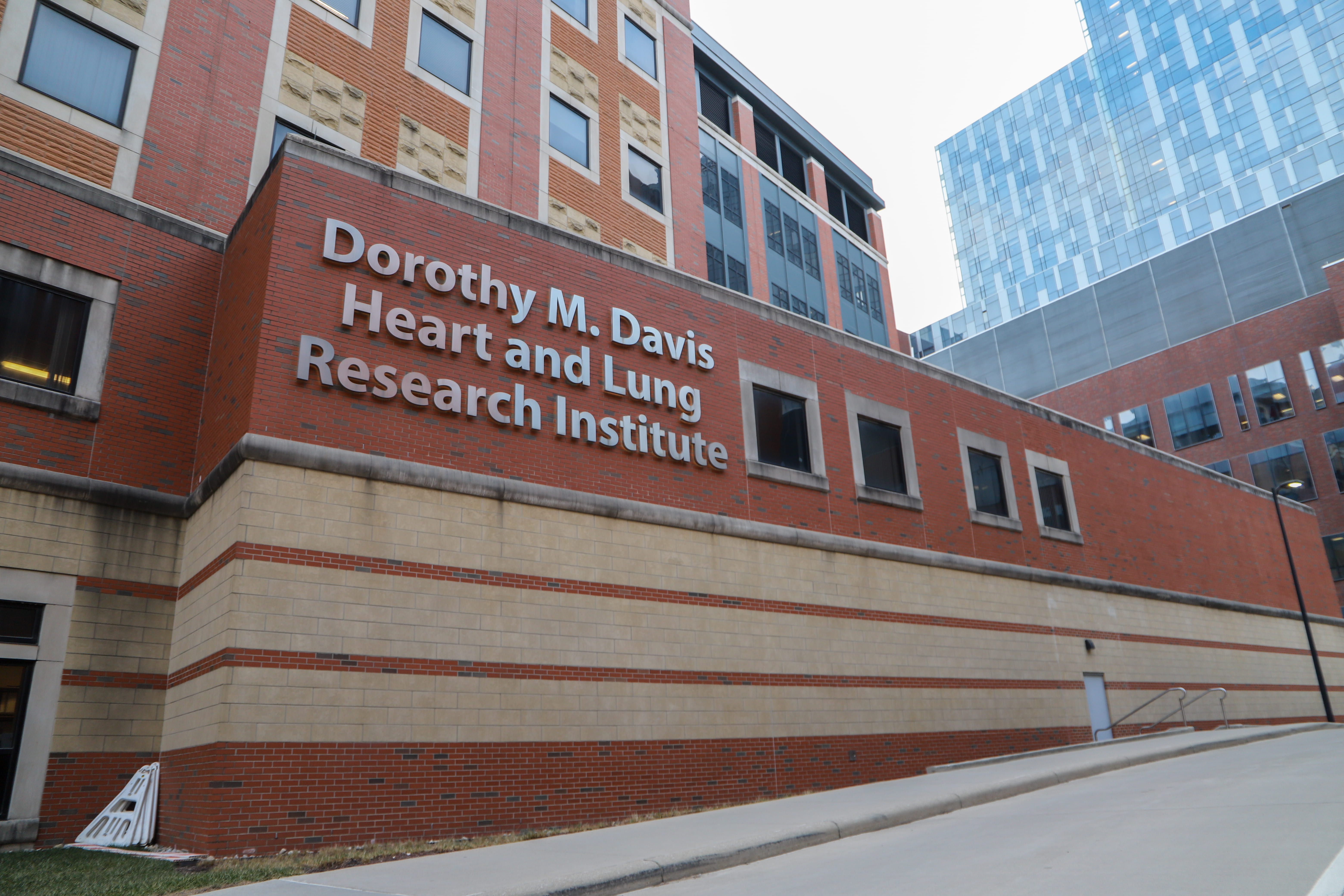
Researchers at Ohio State’s Davis Heart and Lung Research Institute discovered a type of microRNA that can prevent the inflammation that hinders lung healing from damage caused by long-term ventilator reliance. Credit: Mackenzie Shanklin | Photo Editor
During a time when respiratory complications from the coronavirus has caused an increase in ventilator usage, genetic material identified by Ohio State researchers may help reduce inflammation and protect lungs from ventilator-induced injury.
Researchers at Ohio State’s Davis Heart and Lung Research Institute discovered a type of microRNA that can prevent the inflammation that hinders lung healing from damage caused by long-term ventilator reliance. Samir Ghadiali, study co-lead author, professor at the College of Medicine and professor and chair of biomedical engineering, said the researchers used nanotechnology to give the microRNA, which prevents inflammation buildup, enough of a boost to help heal injuries to the lungs.
Ventilators damage lungs by pushing air into them like balloons, rather than how lungs naturally pull in air, Dr. Joshua Englert, co-lead author of the study and assistant professor of pulmonary, critical care and sleep medicine at the Wexner Medical Center at Ohio State, said.
Englert said ventilators damage cells by stretching the lungs, and reopening collapsed lungs with a ventilator can introduce fluid into the lungs and cause inflammation. According to a 2004 study published in the National Library of Medicine, risk factors for ventilator-induced lung injury include requiring large volumes of oxygen and having existing lung issues.
“There are no drugs that really help the lungs heal. What we do for patients currently is we try and stop the thing that’s injuring the lungs,” Englert said.
The issue of ventilator-induced lung injuries has taken on a new prevalence during the COVID-19 pandemic as patients with severe symptoms develop acute respiratory distress syndrome — during which fluid enters the lungs’ air sacs and blocks the flow of oxygen to organs, according to the Mayo Clinic. Acute respiratory distress syndrome is one of the leading causes of respiratory failure, according to a Wexner Medical Center press release.
“Before COVID, there were several hundred thousand cases of [acute respiratory distress syndrome] in the United States each year, most of which required mechanical ventilation. But in the past year there have been 21 million COVID-19 patients at risk,” Englert said in the release.
When a person is put on a ventilator, immune cells in the lung perceive mechanical ventilation similar to an infection, according to the release. The cells then activate microRNA in order to slow the production of proteins that cause inflammation.
The researchers found that introducing more microRNA than what the cells naturally produce served as protection against ventilator-induced lung damage in mice.
So far, the research has only been performed on mice, and the researchers leading the study are collaborating with pulmonary and biomedical engineering labs to adapt the processes to humans. Ghadiali said the team is also researching how microRNA reacts with other cells.
“In my mind, the next step is demonstrating how to use this technology as a precision tool to target the cells that need it the most,” Ghadiali said.


